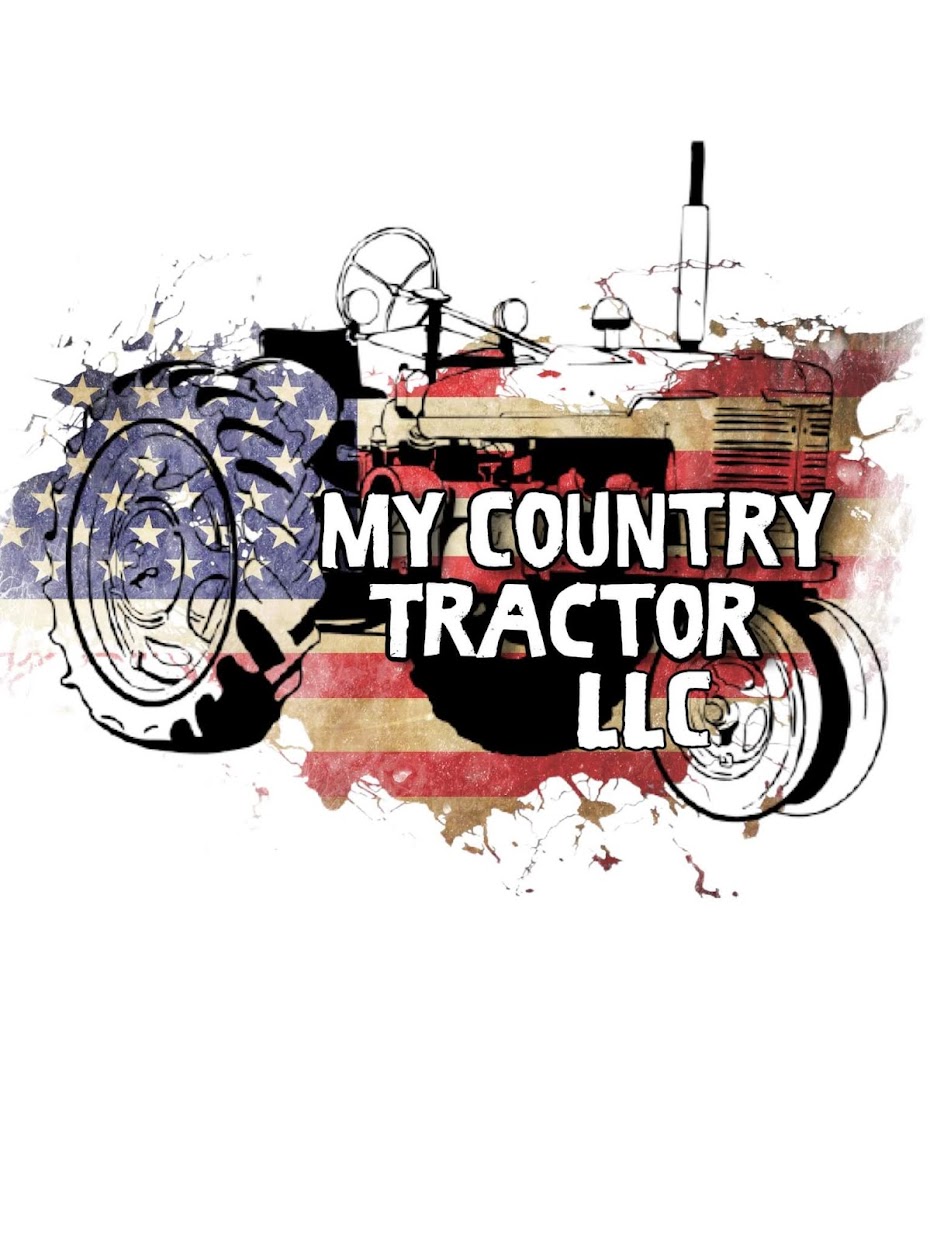What makes a great pasture manager? A great pasture manager is one who pays attention to the details and realizes the first step of pasture management is the "plan." The great pasture managers I know "plan the work and work the plan."
Great pasture managers pay attention to changes in the pastures and scout their fields regularly to remain aware of conditions that will impact forage production. Successful managers remain aware of what is happening in each of their pastures and how weather, events and their actions will impact the operation's goals and objectives. I encourage you to get out of your truck and walk across each of your pastures. Know the terrain, locate problem areas and plan your strategy accordingly.
So how does one plan for warm-season pasture management? Warm-season native grass pasture or rangeland managers realize that herbicide and fertilizer are often not economically viable and closely watch the stocking rate to ensure that overgrazing does not occur. While grazing management is the primary tool for rangeland managers, prescribed burning can be the second. A well prepared and executed burn plan can result in improved forage production and quality while reducing weed and brush intrusion in rangeland pastures. It is important for rangeland managers to manage the different forages present in their pastures to meet their operational goals.
There are many different options for those with bermudagrass and other warm-season introduced forages. The following are some of the most common management practices listed by month.
In February and March, determine how much forage you need to produce from your warm-season pastures in the coming year. The amount of forage you need is a function of the number, size and type of animals you need to feed. Take soil samples and spray thistles and other problem winter weeds before they bolt or flower.
During April and May, apply the recommended amount of fertilizer for your forage needs. You strive to feed your animals properly - why not properly feed your pastures as well? Apply fertilizer to the better pastures first to get more forage for your "fertilizer" dollar. You should also scout your pastures for small weeds. There are many weeds that 2,4-D will inexpensively kill when they are less than 4 inches tall. The cost of hiring a custom applicator may be more than the chemical. Determine if the weeds are economically important or if spraying can be put off until the next year. Dividing the ranch into thirds and spraying pastures every third year may be an option. Identify problem areas on a map so that you can adjust your plan of attack for next year.
June and July should be spent attacking weeds and brush like Johnsongrass, silverleaf nightshade, brush sprouts, prickly pear and blackberries. If weather conditions look favorable for bermudagrass growth and you need the forage, apply another 50 pounds per acre of actual nitrogen. If you are in a hay situation, determine if you need to add potash (potassium) since a ton of hay can remove up to 43 pounds per acre of potassium (K2O). It may not take long to deplete your soil of potassium.
August may or may not be the time to apply 50 pounds per acre of actual nitrogen to produce stockpiled forage. If the weather is favorable and you need the forage, this may be an option.
September and October should be used to write a brief synopsis of what you have experienced with each pasture. How did the war go? Did you win, lose or call it a draw? What did you learn that you could do better next year? Include information such as what chemicals and fertilizer were applied, stocking rate (number of days grazed by how many head of what weight and type of animal), number and size of bales harvested, etc. Do this soon after you establish your winter pasture and before hunting season, otherwise you could forget.
In December and January, start the planning process all over again.
There are, of course, other variables to consider for your pasture management plan. Properly done, you will have a plan for each pasture. And remember, the plan is just a guide. Improvise, adapt and overcome obstacles to obtain the forage production you need. You can find this and past articles on the web at www.mycountrytractor.blogspot.com for your reference. Extension programs serve of all ages regardless of socioeconomic level, race, color, sex, religion, disability, or national origin. The Texas A&M University System, U.S. Department of Agriculture, and the County Commissioners Courts of Texas Cooperating serve of all ages regardless of socioeconomic level, race, color, sex, religion, disability, or national origin. The Texas A&M University System, U.S. Department of Agriculture, and the County Commissioners Courts of Texas Cooperating

No comments:
Post a Comment